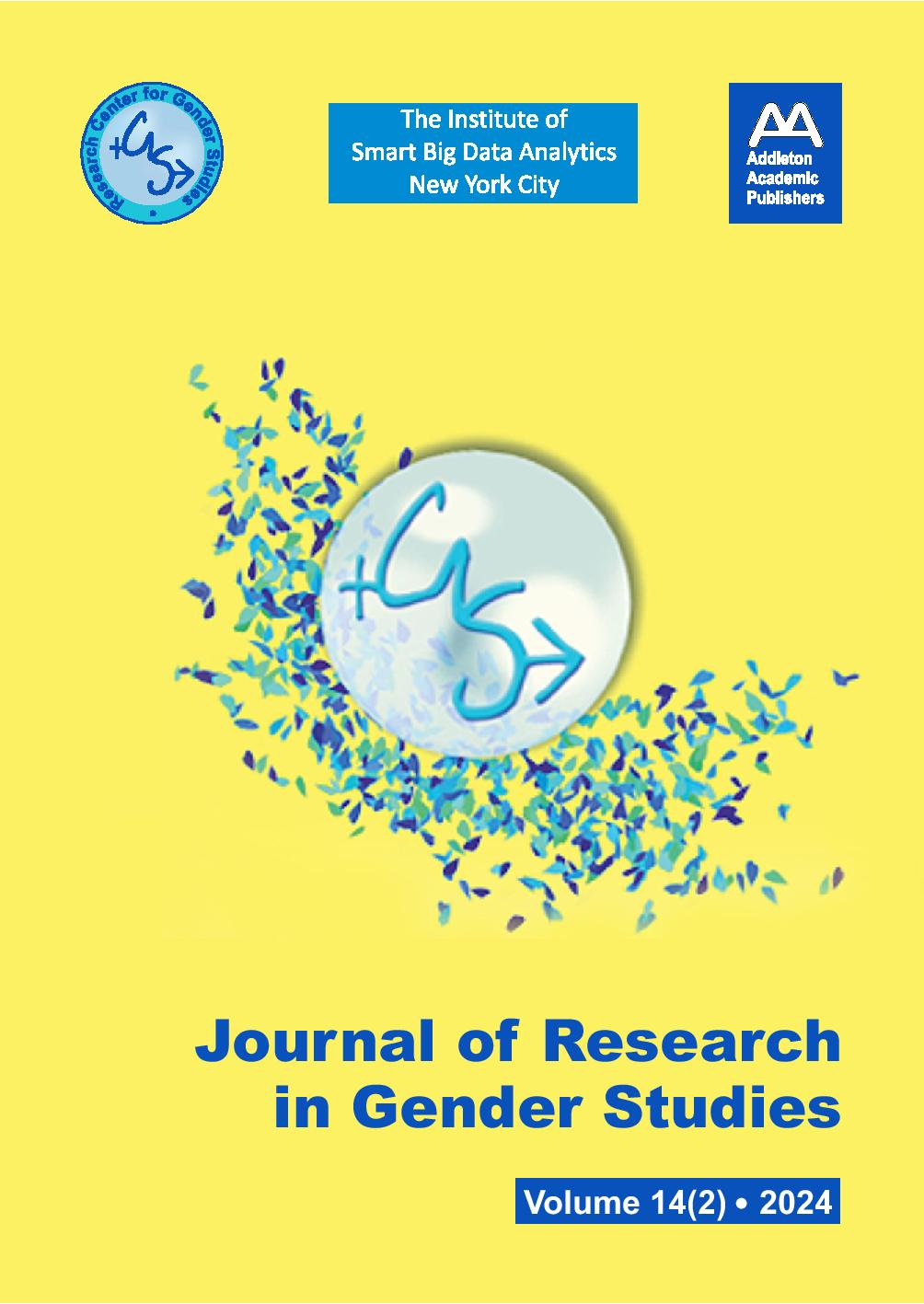Tactile Sensory Neuromorphic Computing and Artificial Intelligence Beauty Technologies, 3D Facial Avatar Makeup Simulation and Big Data-driven Facial Retouching Tools, and Visual Cognitive and Skeleton-based Action Recognition Algorithms for Body Dis
Tactile Sensory Neuromorphic Computing and Artificial Intelligence Beauty Technologies, 3D Facial Avatar Makeup Simulation and Big Data-driven Facial Retouching Tools, and Visual Cognitive and Skeleton-based Action Recognition Algorithms for Body Dis
Author(s): Monaliza CîrsteaSubject(s): Electronic information storage and retrieval, Aesthetics, Individual Psychology, Social psychology and group interaction, Behaviorism, ICT Information and Communications Technologies
Published by: Addleton Academic Publishers
Keywords: body dissatisfaction and shame; 3D facial avatar makeup simulation; artificial intelligence beauty technologies; visual cognition; skeleton-based action recognition;
Summary/Abstract: Despite the relevance of perceived social validation, unrealistic beauty ideals, and negative body image in digitally manipulated visual narratives, only limited research has been conducted on this topic. In this article, previous research findings were cumulated indicating that aesthetic and affective technologies, insensor motion perception and artificial sensory neural network systems, and realtime high accuracy voice analytics capabilities assist face and body emotion recognition processes. Throughout July 2024, a quantitative literature review of the Web of Science, Scopus, and ProQuest databases was performed, with search terms including “body dissatisfaction and shame” + “tactile sensory neuromorphic computing and artificial intelligence beauty technologies,” “3D facial avatar makeup simulation and big data-driven facial retouching tools,” and “visual cognitive and skeletonbased action recognition algorithms.” As research published between 2019 and 2024 was inspected, only 170 articles satisfied the eligibility criteria, and 30 mainly empirical sources were selected. Data visualization tools: Dimensions (bibliometric mapping) and VOSviewer (layout algorithms). Reporting quality assessment tool: PRISMA. Methodological quality assessment tools include: AMSTAR, BIBOT, METAGEAR package for R, Nested Knowledge, PICO Portal, and SluRp.
Journal: Journal of Research in Gender Studies
- Issue Year: 14/2024
- Issue No: 2
- Page Range: 67-82
- Page Count: 16
- Language: English
- Content File-PDF

